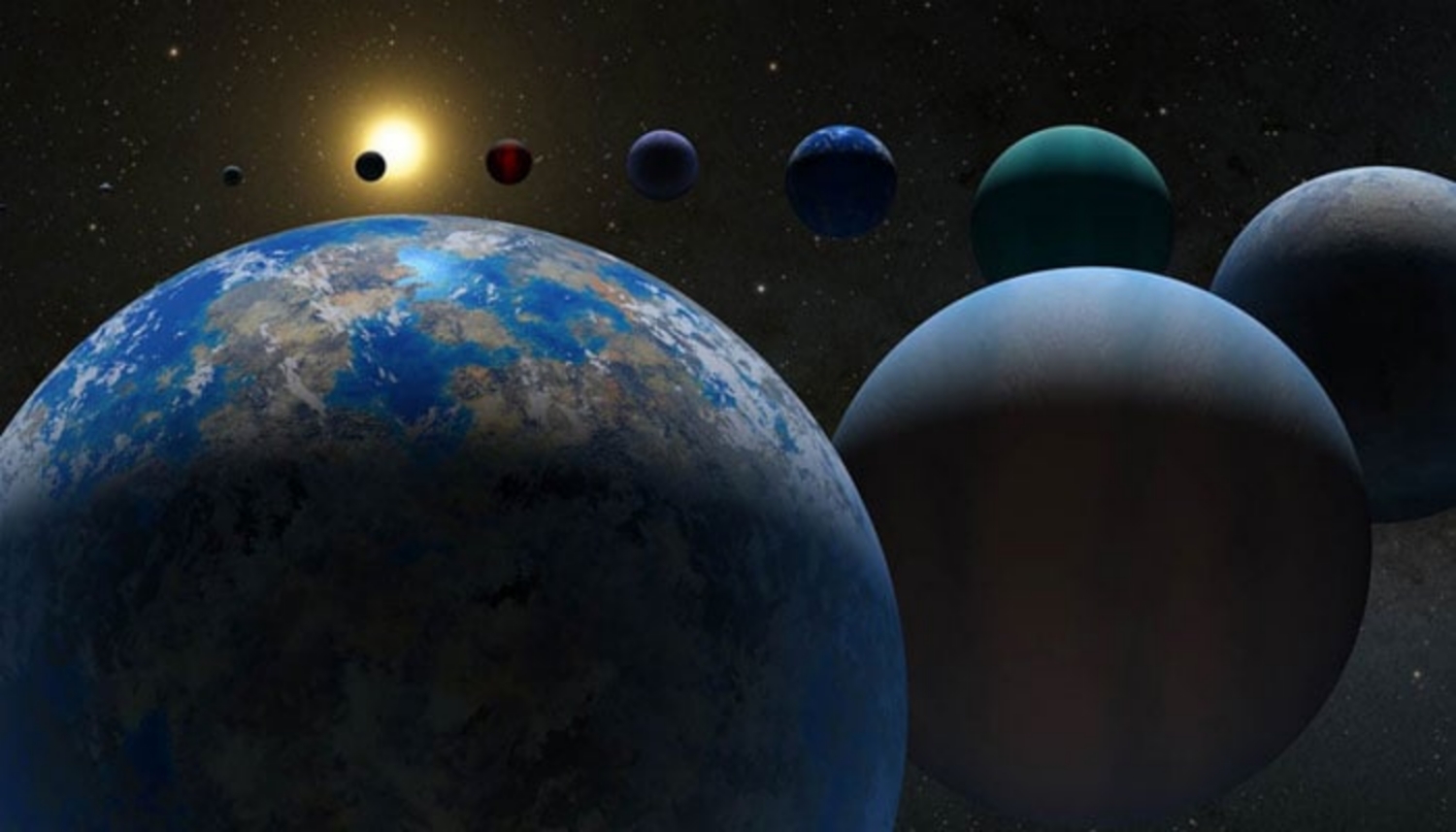Scientists have managed to discover a “rare type of metal” called “terbium” from the atmosphere of an exoplanet. These planets orbit a star outside our solar system.

The breakthrough was supported by a new approach to exoplanet analysis that allows scientists to gather information about exoplanets and their atmospheres.
The exoplanet named KELT-9 is the hottest planet visible to humans. It is orbiting a star 670 light-years from Earth. Its temperature is about 4000 degrees Celsius.
Since its discovery in 2016, exoplanet KELT-9b has attracted the attention of scientists worldwide. The research, published in the journal Astronomy & Astrophysics, opens new horizons.
The discovery of the rare metal suggests that the exoplanet’s atmosphere has a specific mix of elements reminiscent of the opposite properties of our solar system. The discovery provides a clear understanding of how exoplanets evolve over time.
Nicolas Borsato, a PhD in astrophysics at Lund University in Sweden, said: “We have developed a new method that increases the possibility of obtaining more detailed information.”
Using this method, it was possible to discover seven elements, including the rare element terbium, which had not previously been found in the atmosphere of any exoplanet.
It was first discovered by Swedish chemist Carl Gustaf in 1843 at the Ytterby mine in the Stockholm archipelago. Terbium belongs to the lanthanoid group in the periodic table. It is not easily found in nature.
Finding terbium in exoplanet atmospheres is surprising.” Scientists discover exoplanets by measuring the brightness of stars. With the latest advances in measurement techniques, researchers have developed a new technique to filter out signals in the atmospheres of KELT-9 b. The better we know these planets now, the more likely they will be in the future. The more likely we are to find ‘Earth 2.0’.
